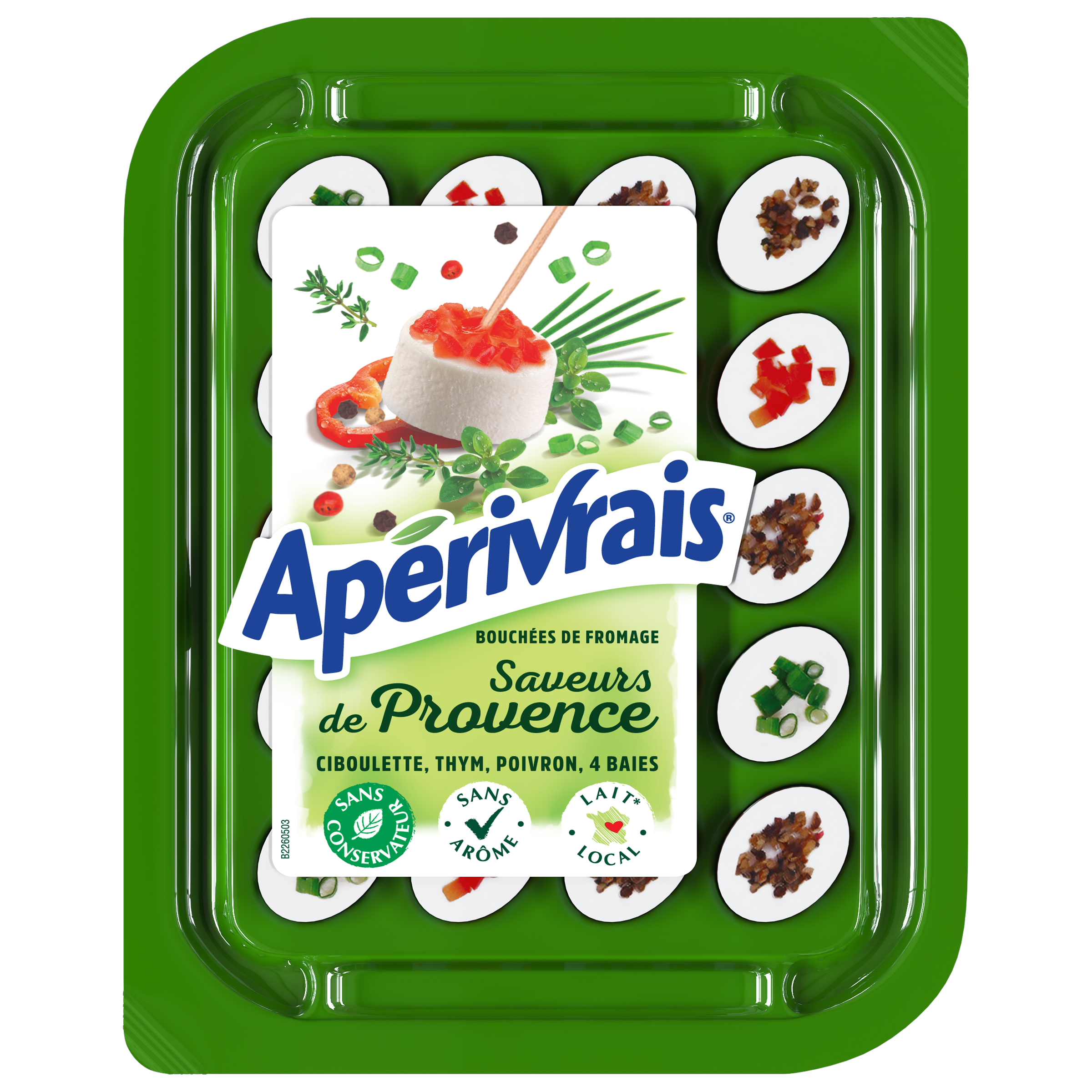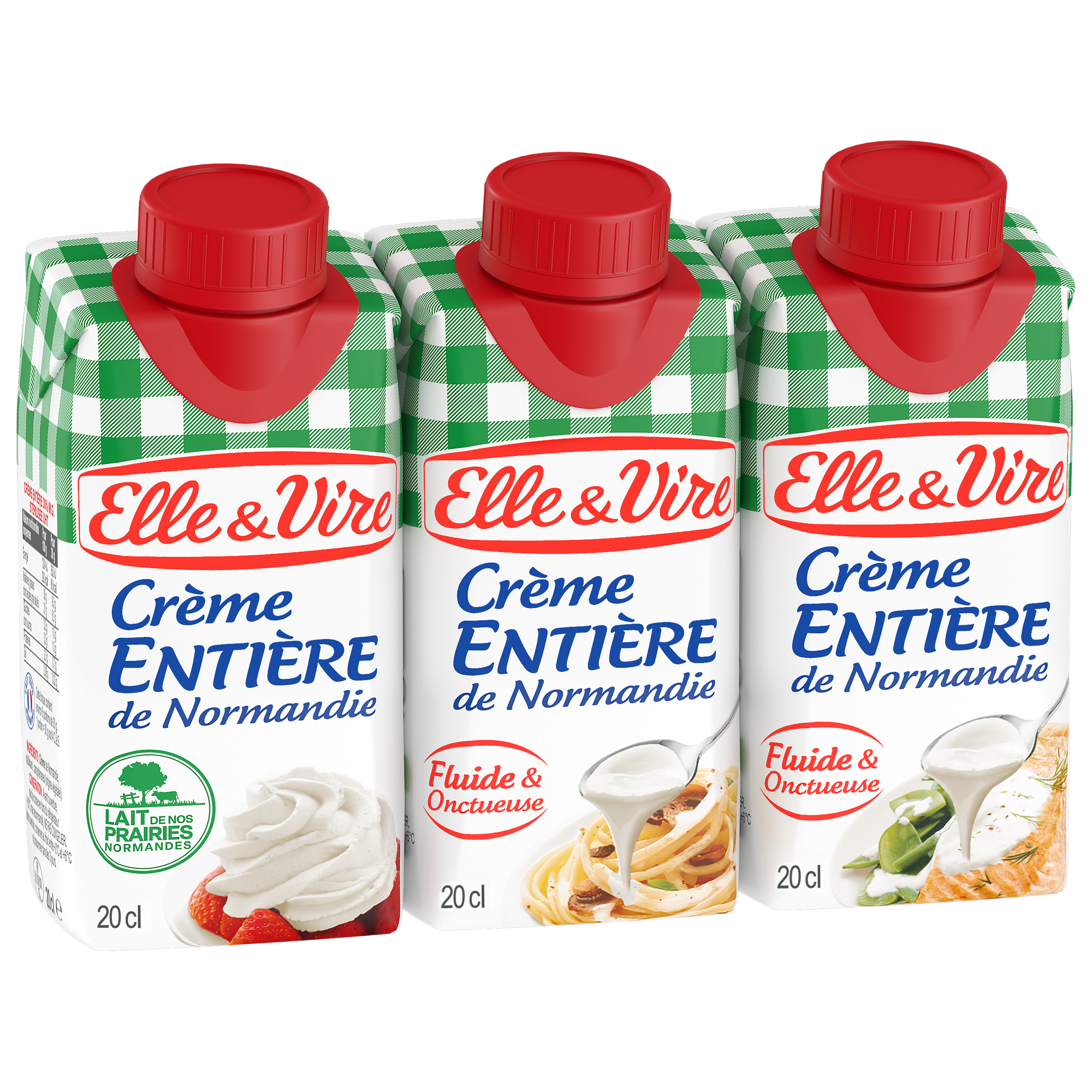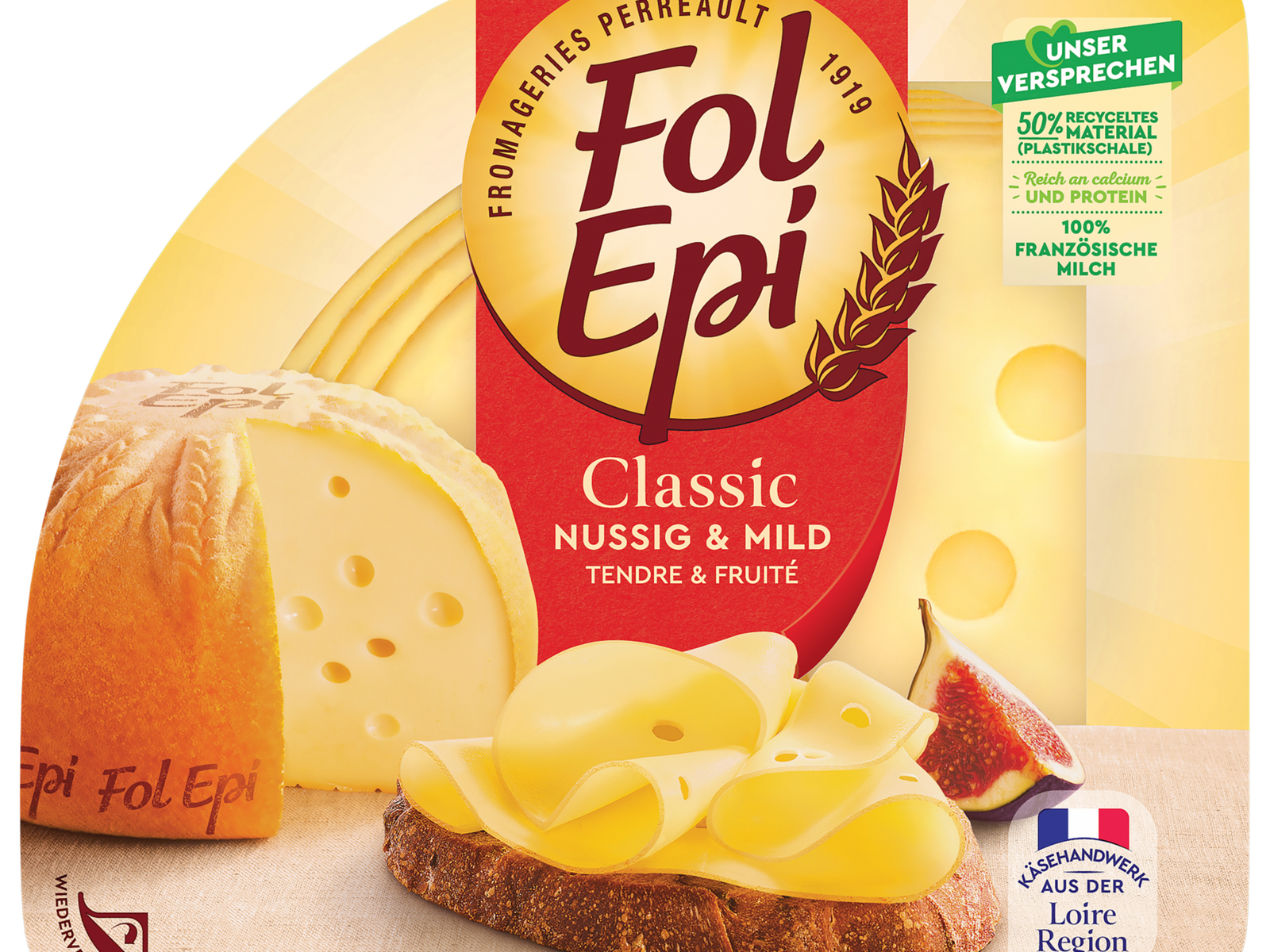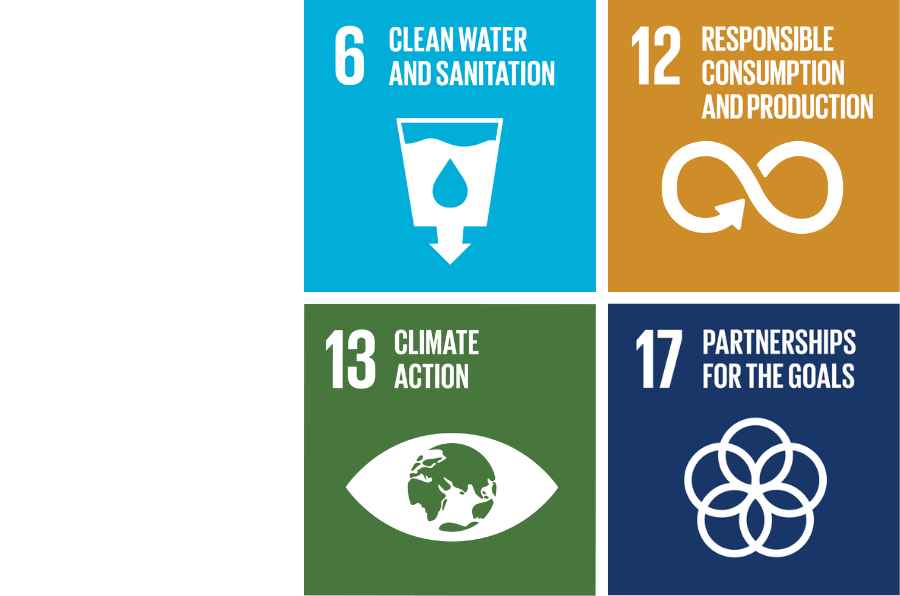Environmental footprint
Conscious of the global challenges posed by greenhouse gas emissions, and the need to combat climate change and its consequences for society at large, Savencia is working to reduce the environmental footprint of its activities.

Raising awareness among our employees through the Climate Fresk, one of the keys to progress
To accelerate our employees' awareness of the key issue of climate change, the Savencia Group is deploying the educational and collaborative workshop The Climate Fresk, adapted to our agri-food business.
By the end of 2024, more than 4,210 Savencia employees will have been trained in more than 49 subsidiaries and 107 employees will be internal facilitators within the Group.

Reduce our greenhouse gas emissions
The Science Based Targets initiative (SBTi) has validated the "well below 2°" decarbonization trajectory of SAVENCIA Fromage & Dairy, with the goal of reducing its greenhouse gas emissions by 2030 compared to 2019 by:
- 27.5% in absolute terms for Scopes 1 & 2,
- 22.5% per ton of products manufactured for Scope 3.
The Group confirms its ambitions and will submit two new trajectories to the SBTi in 2025, one for 1.5°C and one for Net Zero.
Did you know?
As part of the decarbonization of our industrial sites, a “Low Carbon Factory” program has been launched at all SAVENCIA Fromage & Dairy plants. This program takes the form of a short-, medium- and longterm strategic roadmap. It is based on a sobriety approach and an energy conversion plan, which aims to replace a significant proportion of our carbon-based energy consumption by more sustainable energy.
-21%
reduction in scope 1 & 2 (market-based) greenhouse gas emissions VS 2019

Control our water resources
We implement responsible practices to minimizse our impact on water resources and reduce the risk of water stress.
The target is to reduce water withdrawals from the natural environment, per ton of production, by 10% by the end of 2025 (in comparison with 2015).
Did you know?
One of our plants, particularly dependent on a nearby watercourse, carried out a desensitization study to diversify its water supply. This project included a number of actions, including recycling of milk water for various applications, the roll-out of a metering plan, and, in late 2024, the initiation of an industrial pilot phase of a program for reuse of treated wastewater leaving the treatment plant.
-9,8%
reduction in water consumption in m3 per ton manufactured

Optimize waste management
To combat the waste of natural resources and reduce waste treatment costs, the Group’s policy is to reinforce the sorting and recovery of industrial waste by contributing to circular solutions to limit pollution risks.
Did you know?
In 2024, thanks to the donations made by our subsidiaries in France, the equivalent of 1,350,000 meals were distributed to beneficiaries of Food Banks, partners of the Group for several years.
94,1%
of routine waste from our production sites is removed for recovery

Developing eco-design of our packaging
The Group clarified its packaging goals by committing to develop the eco-design for packaging to reduce the risk of overproducing waste.
Our Charter for Responsible Design drawn up in 2019 thus provides guidelines and focuses for the eco-design of packaging. In particular, it includes elements such as reduction measures at source and use of recycled materials to promote the transition to a circular packaging economy.
Our goal: 100% recyclable or biodegradable packaging for its branded products by the end of 2025.

Switching Aperivrais trays from PVC to PET/PE

Use of recycled plastic for the manufacturing of Elle & Vire caps

Eco-design project eliminates 88 tonnes of plastic

Savencia contributes to the UN's sustainable development objectives

sustainable world
together Read more about our CSR approach
